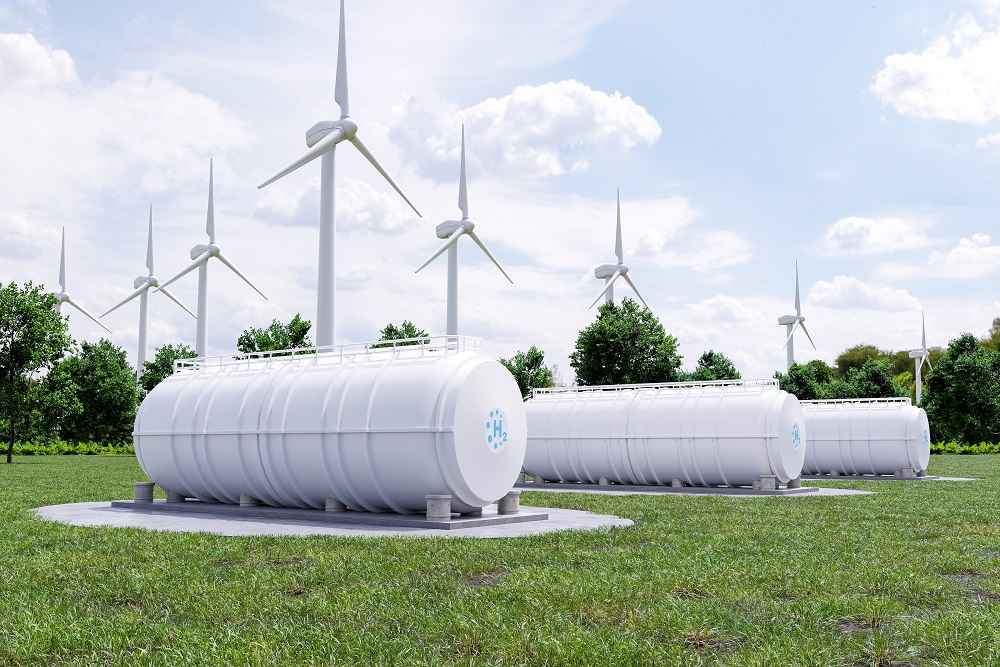Understanding Electrolysis
Electrolysis hydrogen generators are innovative devices that utilize electrolysis, a process in which electrical energy is used to split water molecules into hydrogen and oxygen gases. This process occurs within an electrolysis cell, where water is exposed to an electric current, causing it to decompose into its constituent elements. The hydrogen gas produced can then be collected and stored for various applications, ranging from fuel cell vehicles to industrial processes.
Electrolysis is a versatile process that can be adapted to different scales and applications. From small-scale electrolyzers for residential use to large industrial electrolysis plants, the technology offers flexibility and scalability. This scalability makes electrolysis hydrogen generators suitable for a wide range of applications, from powering individual homes to supplying hydrogen for industrial processes and transportation.
Advantages of Electrolysis Hydrogen Generators
One of the primary advantages of electrolysis hydrogen generators is their ability to produce hydrogen using renewable energy sources such as solar and wind power. By utilizing clean energy sources, electrolysis hydrogen generators offer a sustainable alternative to traditional methods of hydrogen production, which often rely on fossil fuels. Additionally, electrolysis can be performed using water as the only input, making it a truly green and environmentally friendly process. Furthermore, electrolysis hydrogen generators can be deployed in a decentralized manner, allowing for on-site production of hydrogen wherever it is needed, reducing the need for long-distance transportation and storage.
The versatility of electrolysis hydrogen generators extends to their ability to produce high-purity hydrogen gas suitable for a wide range of applications. Unlike some other methods of hydrogen production, electrolysis produces pure hydrogen gas without the need for additional purification steps. This high purity makes electrolysis hydrogen ideal for use in fuel cells, where impurities can degrade performance and reduce efficiency. Additionally, the ability to produce high-purity hydrogen on-site eliminates the need for transportation and storage of compressed or liquefied hydrogen, further reducing costs and environmental impact.
Applications of Electrolysis Hydrogen Generators
Electrolysis hydrogen generators have a wide range of applications across various industries. In the transportation sector, hydrogen produced through electrolysis can be used as a clean and efficient fuel for fuel cell vehicles, offering an alternative to conventional gasoline and diesel vehicles. In the industrial sector, electrolysis hydrogen can be used as a feedstock for chemical processes, such as ammonia production or hydrocracking. Additionally, electrolysis hydrogen can be used for energy storage purposes, helping to balance supply and demand on the grid and integrate renewable energy sources into the energy mix more effectively.
The adaptability of electrolysis hydrogen generators makes them well-suited for off-grid and remote applications where access to traditional energy sources may be limited. In remote locations such as islands or rural communities, electrolysis hydrogen generators can provide a reliable source of clean energy for power generation, heating, and transportation. This ability to produce hydrogen on-site eliminates the need for expensive infrastructure investments and reduces reliance on imported fossil fuels, increasing energy security and resilience in these areas.
Challenges and Considerations
Despite their numerous advantages, electrolysis hydrogen generators face several challenges that must be addressed to realize their full potential. One of the main challenges is the high energy consumption associated with electrolysis, particularly when using electricity from non-renewable sources. Improving the efficiency of electrolysis processes and increasing the use of renewable energy sources are essential to mitigate this challenge. Additionally, the scalability and cost-effectiveness of electrolysis hydrogen generators remain areas of active research and development, with ongoing efforts to reduce capital costs and increase production efficiency.
The integration of electrolysis hydrogen generators into existing energy infrastructure presents technical and logistical challenges that must be overcome. Electrolysis hydrogen production must be synchronized with energy demand to ensure efficient operation and maximize the utilization of renewable energy sources. Additionally, the development of hydrogen storage and distribution infrastructure is necessary to support the widespread adoption of electrolysis hydrogen as a clean energy solution. Collaboration between stakeholders in the public and private sectors will be crucial to address these challenges and accelerate the deployment of electrolysis hydrogen generators.
Future Outlook
Looking ahead, electrolysis hydrogen generators are poised to play a key role in the transition to a low-carbon economy. With advancements in technology and increasing demand for clean energy solutions, electrolysis hydrogen is expected to become an integral part of the hydrogen economy. As renewable energy sources continue to become more abundant and affordable, electrolysis hydrogen generators will become even more competitive with traditional methods of hydrogen production. Moreover, as the global push for decarbonization intensifies, electrolysis hydrogen generators will be crucial in providing clean and sustainable energy solutions across various sectors.


